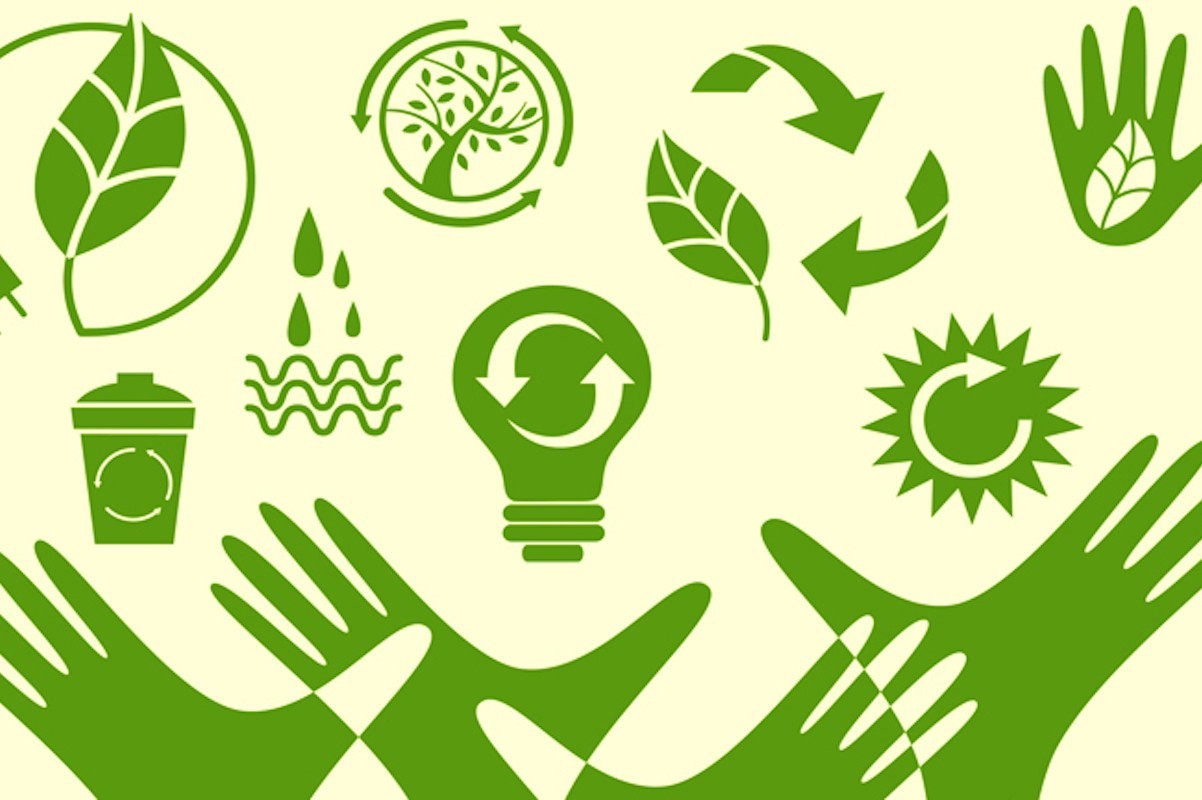Women and girls risk their lives to fetch water in Myanmar’s Central Dry Zone, where fighting between the military and armed resistance groups blocks access to water.
Tag: water
How to promote natural capital investments in the GMS
The Mekong Subregion’s key natural capital stocks are in a state of decline. How to reverse course?
China building a rain-making network three times the size of Spain
Tens of thousands of fuel-burning chambers being installed on the Tibetan plateau (Mekong headwaters) as China launches cutting-edge rainmaking
Water pollution alert sounded nationwide
The overexploitation of water nationwide increases the level of arsenic in groundwater, exceeding the permitted level of 10mg per liter.
Reducing water insecurity: Questions of power, politics and equity in the Mekong region
Water management decision making is concentrated in the hands of the politically and financially powerful few, who determine how water gets allocated.
Along the factory-dense rivers of Vietnam’s Mekong Delta
Much as the banks of a river play a crucial role in its ecosystem and purity, what runs along two of the Mekong Delta’s major waterways is a series of non-environmentally friendly industrial plants and factories.
Dubbed the country’s rice basket, the Mekong Delta is the region in southwestern Vietnam where the Mekong River approaches and empties into the sea via a vast network of distributaries.
Of those distributaries, the main branches of the Mekong River in Vietnam are the Hau and Tien rivers, which both play a crucial role in the region’s land and climate conditions.
However, along the banks of these two rivers now exist a number of factories, processing plants and industrial parks.
The four challenges threatening the Mekong Delta
Located at the end of the Mekong River, the Mekong Delta of Vietnam was formed about 6,000 years from sediments of the river flowing into the sea plus the process of sea regression.
After the country’s unification in 1975, Vietnam embarked on the planning and exploitation of the delta. The country has successfully solved the alkaline, acidic and salty problems to develop agriculture, particularly rice cultivation in this region. In 1986, the total rice output of the Mekong Delta was around 7 million tones and currently i25 million tonnes, accounting for 90% of Vietnam’s total rice expert turnover.
Proposed megaproject on Vietnam’s Red River presents possibility of water link with China
A proposed multibillion-dollar project to be implemented on the Hong (Red), a river crucial to the eco-social development of northern Vietnam that runs through nearly ten provinces, is also meant to connect local water transportation routes with China, fueling concerns over its feasibility and environmental impacts.
Small is worrying: tributaries, ‘small’ hydro and the Mekong hydropower debate
So, last week I attended a meeting held at Can Tho University entitled ‘Sustainable Uses of Mekong Water Resources’. With Can Tho sitting squarely in the middle of the Mekong Delta, and suffering dreadfully from the current drought, the debate was highly emotional. And often very loud.
Participants acknowledged El Niño and climate change as two variables responsible for the absence of rain. But most of the ire was directed at mainstream dams north of the delta.Mainstream dams. South of the China border, none of these are complete, and just two are under construction. The Laotian dams were certainly focussed upon, but most of the concern was with the Chinese dams. Recently, China has released a considerable quantum of water from their dams, with the stated aim of assisting their drought-stricken neighbours to the south. The reasons for these releases were treated with scepticism.
Asia’s Troubled Water
Asia’s water woes are worsening. Already the world’s driest continent in per capita terms, Asia now faces a severe drought that has parched a vast region extending from southern Vietnam to central India. This has exacerbated political tensions, because it has highlighted the impact of China’s dam-building policy on the environment and on water flows to the dozen countries located downstream.











